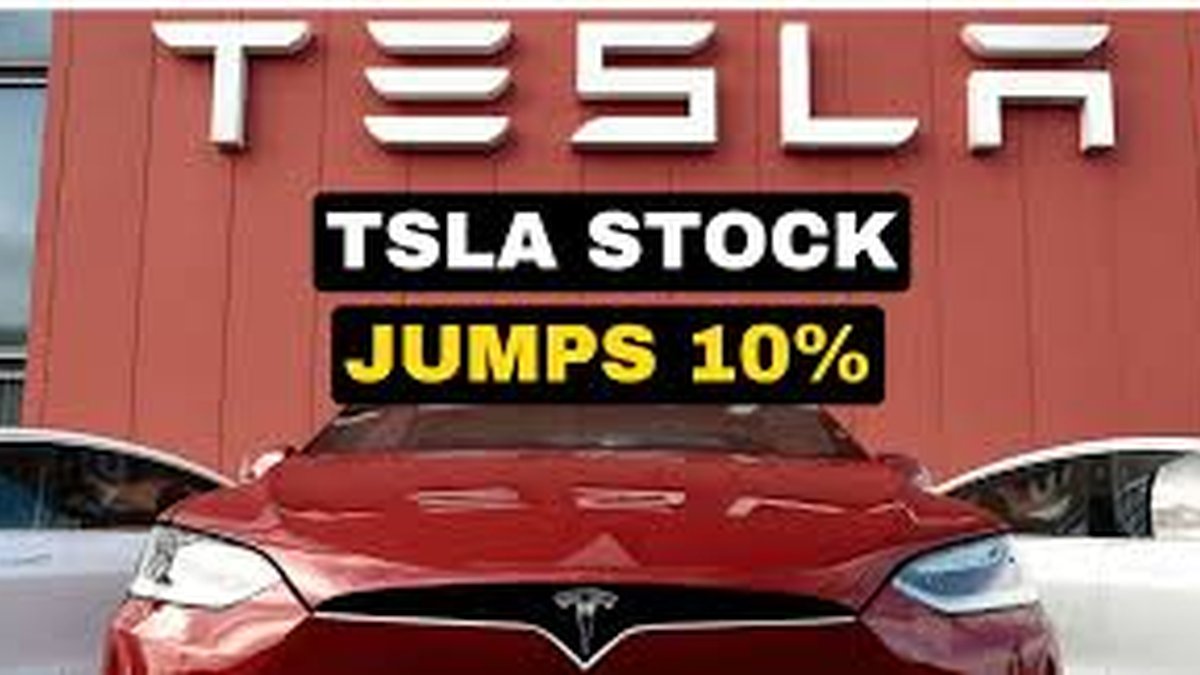Tesla Stock Surges on Strong EV Demand Outlook — Deep Market Analysis
Tesla shares jumped more than 6% on Thursday following the company’s reaffirmation of robust global demand for its latest generation of electric vehicles (EVs). Management’s updated projections underscored particularly strong momentum in Europe and Southeast Asia, reinforcing Tesla’s position as the dominant force in the EV ecosystem. The rally reflects a renewed sense of investor confidence driven by both fundamental and macro-level tailwinds supporting electrification, energy transition, and long-term sustainability goals.
Breaking Down Tesla’s Demand Projections
1. Regional Strength and Market Penetration
Europe: Tesla continues to benefit from the European Union’s stringent emissions targets and growing subsidies for zero-emission vehicles. The company’s Gigafactory Berlin has streamlined supply chains, reducing delivery times and import tariffs. Demand in Germany, France, and the Nordics remains exceptionally strong, supported by local tax incentives and expanding charging infrastructure.
Southeast Asia: Markets such as Thailand, Malaysia, and Indonesia are emerging as key growth regions. Tesla’s localized marketing strategies and partnerships with regional governments have improved brand recognition. Moreover, as fuel prices remain elevated, consumers are accelerating the shift toward electric mobility, making Southeast Asia a potential high-margin market in the next decade.
2. Pre-Order Trends and Model Mix
Analysts highlighted record pre-orders for Tesla’s mid-range and compact models, which align with shifting consumer preferences toward affordability and practicality. The upcoming Model 2 is expected to capture mass-market demand, while premium variants like the Model S Plaid maintain Tesla’s aspirational brand appeal.
Technological Edge and Margin Outlook
1. Battery Efficiency and Cost Innovation
Recent breakthroughs in Tesla’s 4680 battery cell technology have improved energy density while lowering cost per kilowatt-hour. This innovation not only boosts range and performance but also enhances production scalability. The company’s vertically integrated supply chain allows it to maintain cost leadership even as raw material prices fluctuate.
2. Software and Autonomy as Profit Levers
Tesla’s focus on software-driven revenue streams—such as Full Self-Driving (FSD) subscriptions, over-the-air updates, and in-car services—continues to strengthen margins. The company is transitioning from a pure hardware manufacturer to a hybrid tech-automotive platform with recurring revenue potential, increasing valuation multiples over time.
Competitive Landscape and Strategic Advantages
1. Rivals Face Operational Constraints
While traditional automakers like Ford, GM, and Volkswagen are expanding their EV portfolios, many face persistent supply chain bottlenecks, semiconductor shortages, and legacy cost structures. Tesla’s nimble manufacturing and strong cash position give it a decisive advantage in scaling production efficiently.
2. Regulatory Tailwinds and Policy Support
Global policy frameworks—from the U.S. Inflation Reduction Act to EU Green Deal incentives—favor EV adoption. Tesla’s compliance with sustainability standards and early-mover advantage position it to capture a disproportionate share of government subsidies and tax credits.
Risks and Challenges
1. China Regulatory Scrutiny
Despite strong sales in China, heightened regulatory oversight and geopolitical tensions could pose medium-term headwinds. Analysts are watching closely for signs of increased domestic competition from BYD and NIO, as well as potential data security regulations targeting foreign automakers.
2. Valuation Sensitivity
After the recent surge, Tesla’s forward P/E remains elevated relative to peers. Investors should remain cautious of potential valuation compression if interest rates rise or delivery growth moderates below expectations.
Investor Sentiment and Outlook
Institutional flows indicate renewed optimism, with several large funds increasing exposure to Tesla following the demand update. Options markets also show rising open interest in bullish call positions, signaling expectations of continued upside momentum. Analysts project that if Tesla sustains its current production growth trajectory and maintains operating margins above 15%, the stock could outperform broader indices over the next 12 months.
Key Metrics to Watch
- Quarterly delivery numbers — a real-time gauge of demand health.
- Gross margin trends — particularly ex-credits, to assess cost discipline.
- FSD adoption rate — a proxy for recurring revenue expansion.
- Capex and Gigafactory ramp-up — signaling future capacity.
Conclusion: Tesla’s Growth Story Reinforced
Tesla’s reaffirmed demand outlook highlights its unique position at the intersection of technology, sustainability, and mobility. With a robust order book, improving unit economics, and accelerating global adoption, the company appears well-positioned to sustain long-term growth. However, investors should balance enthusiasm with disciplined risk management, watching macro conditions, regulatory developments, and competitive dynamics closely.
Bottom line: Tesla’s latest update validates its leadership in the EV sector. As long as execution remains strong and margins resilient, the stock’s rally could have more room to run in 2025 and beyond.
